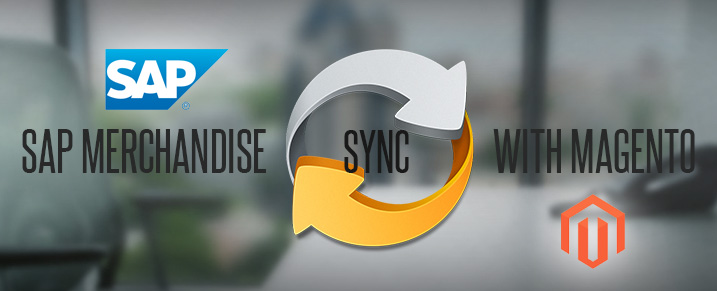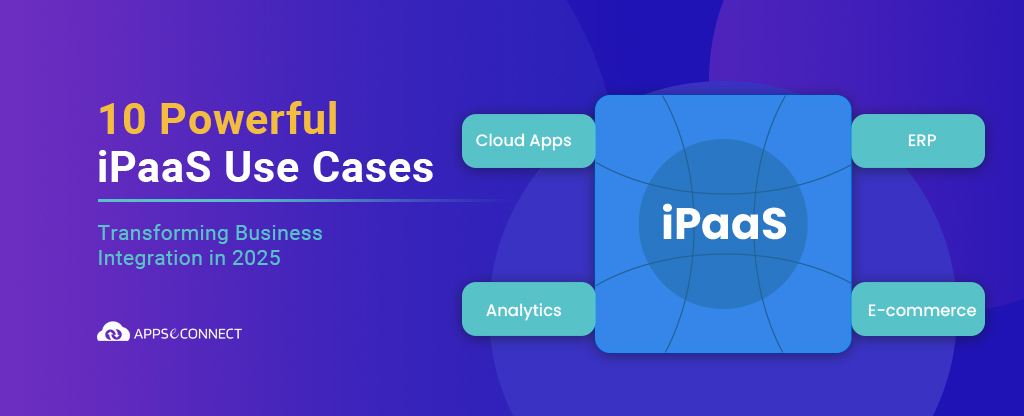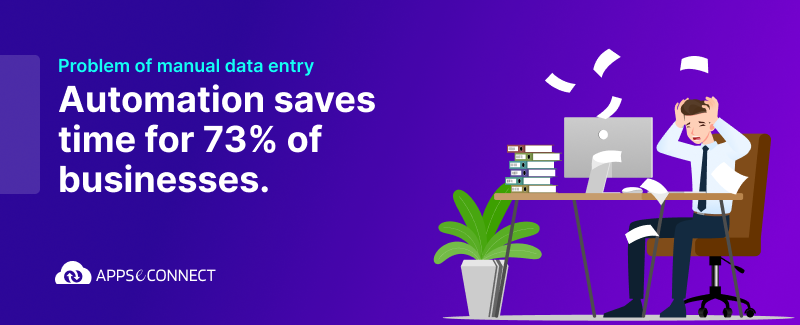
It’s important to synchronize master data between ERP and e-commerce applications. SAP and Magento integration also involves regular data sync as far as master data is concerned.
Merchandise sync forms the basis for any B2B or B2C eCommerce. Products need to be properly categorized, updated and maintained in both in your ERP as well in the customer facing eCommerce portal. Also in the B2B context, the customer information along with the relevant details need to be pushed from SAP so that transactions can happen smoothly.
The following video display about the master data and also how we can sync these master data.
Merchandise Sync Between SAP and Magento
What constitute Master Data in SAP?
Master data is fundamental to affairs in a specific business or business unit and refers to information like customer information, items and categories. Master data can be industry and company specific. For example, a retail outlet would want to manage its merchandize in a specific manner whereas a vehicle manufacturer will want to store car models etc. A specific car manufacturer may want to store end customer information whereas another might not.
SAP Master Data is the collection of data which is frequently used across the entire organization and enables transactions to occur. Master data is a communal set of data that can be accessed by different people for different purposes at the same time. Information about material, customers, suppliers etc do not change frequently. Having to enter those information repeatedly can prove to be a humongous waste of effort. Hence it is quite adequate to keep this information in a place which every user can access. SAP has a large range of modules and master data has been assigned to each of them. Usually businesses would want to store all master data in SAP simply due to its capability to store enormous records and wide variety of data sets.
Merchandise Master Data in e-commerce context
Now for retail businesses, SAP primarily focuses on merchandizing as the main master data. To have an online store like Magento run on SAP, few additional information is needed. They are listed below.
- Catalog – Products have to be put under certain categories to give a good view at the customer end as well as avoid confusion. SAP allows creating categories in the form of a tree structure.
- Products/ Articles – SAP allows product to be assigned to various categories and sub-categories. These are the items which need to be sold and can have price, weight and other attributes.
- Attributes – Product attributes as in color, size, packaging etc. can be entered from the SAP end. They are commonly called characteristics in SAP terminology. They are important because of specifications of the product.
- Multi-media / Images – Image is a very important master data and can be associated with the products as well. They are important in retail context because it allows the customers to view the products they are going to use.
With the ever increasing e-commerce market, it has become very necessary to keep and maintain customer information. This can be maintained as master data in SAP as discussed earlier. In this scenario keeping track of your customers and business partners (for B2B) has become an immediate requirement.
Explanation of the video
The agenda of the video is to demonstrate in real-time the sync of merchandise/products from SAP to Magento.
- First we will see how the tree structure of the catalog is getting integrated in Magento and shows up in the front end.
- Then the products from the SAP side will get synchronized into the assigned categories along with the product attributes and a few records.
- Finally we will see the product images from SAP getting synchronized into Magento.
Conclusion
Because of the large volume of information, it is humanly impossible to synchronize the merchandize information manually. A simple error can cause a late product launch and can become a costly affair for your business if it is not launched for all the channels including online. Wrong pricing or disoriented structure of your website can be equally damaging as well specially in a B2B context.
Check out Part 2 of this article Series : SAP ERP to Magento Sync – Part 2: Business Partner sync from Sap to Magento
Check out Part 3 of this article Series : SAP to Magento Sync – Part 3: Order to Cash Sync between SAP and Magento
Check out Part 4 of this article Series : SAP to Magento Sync – Part 4: SAP Magento Sync – Inventory




















